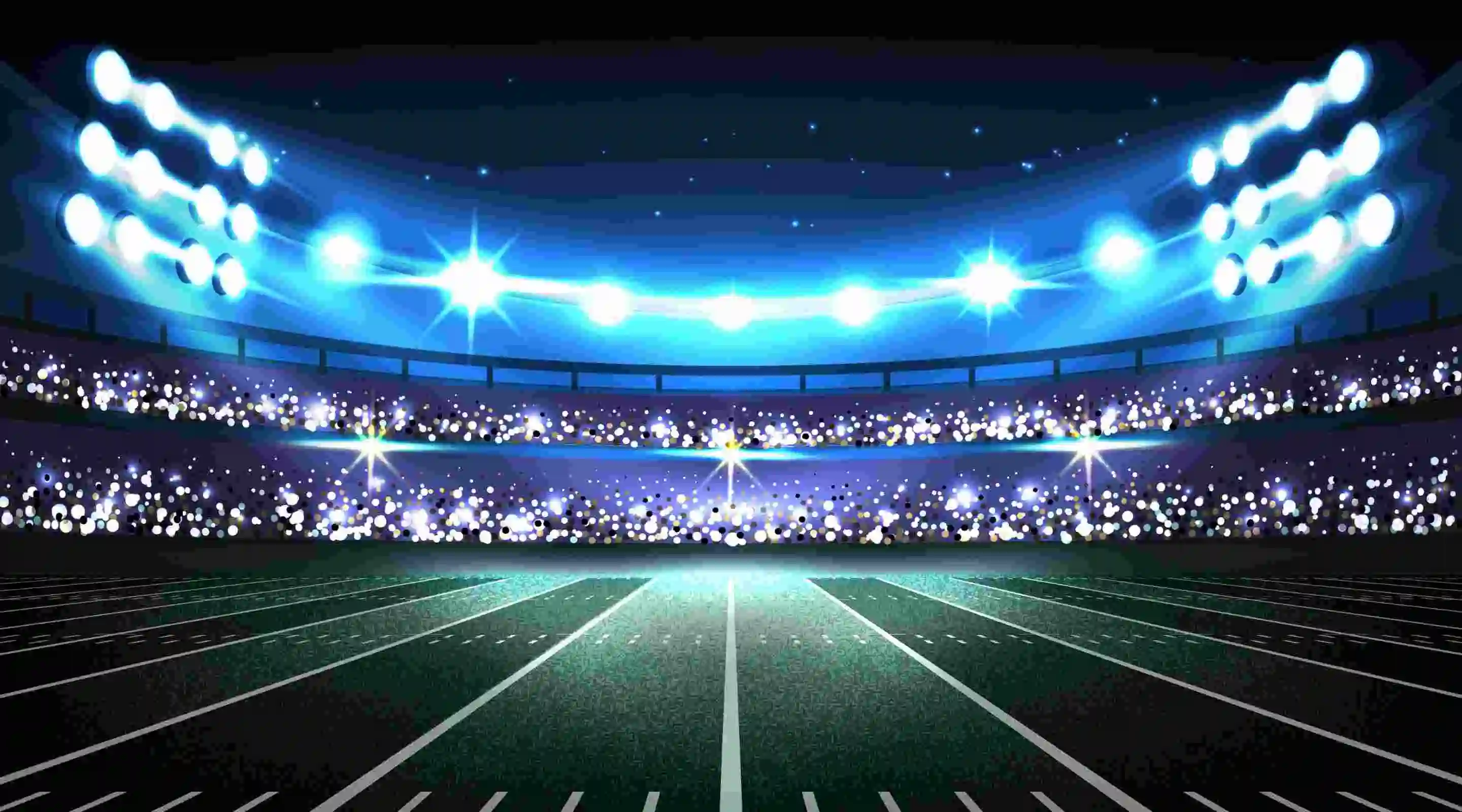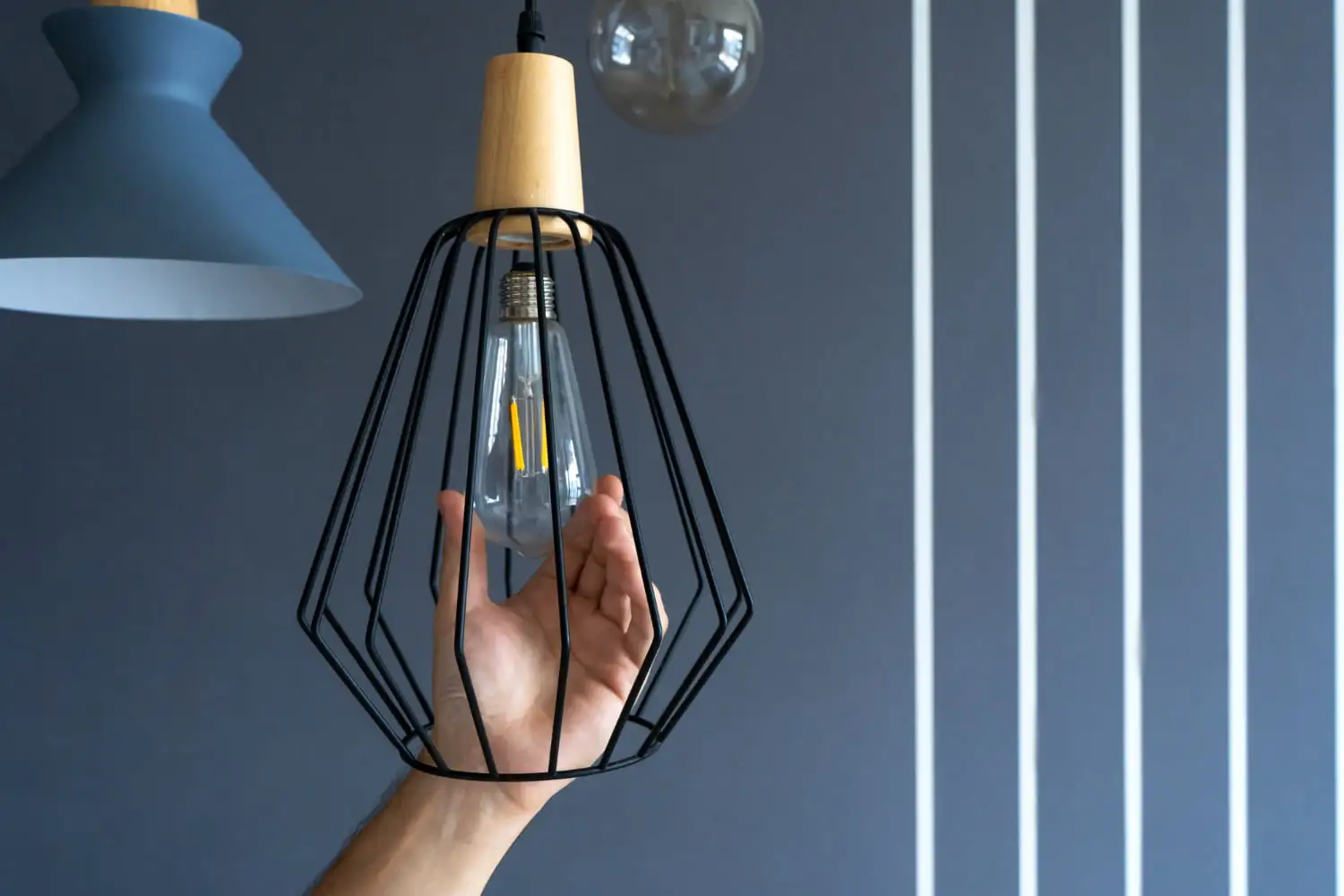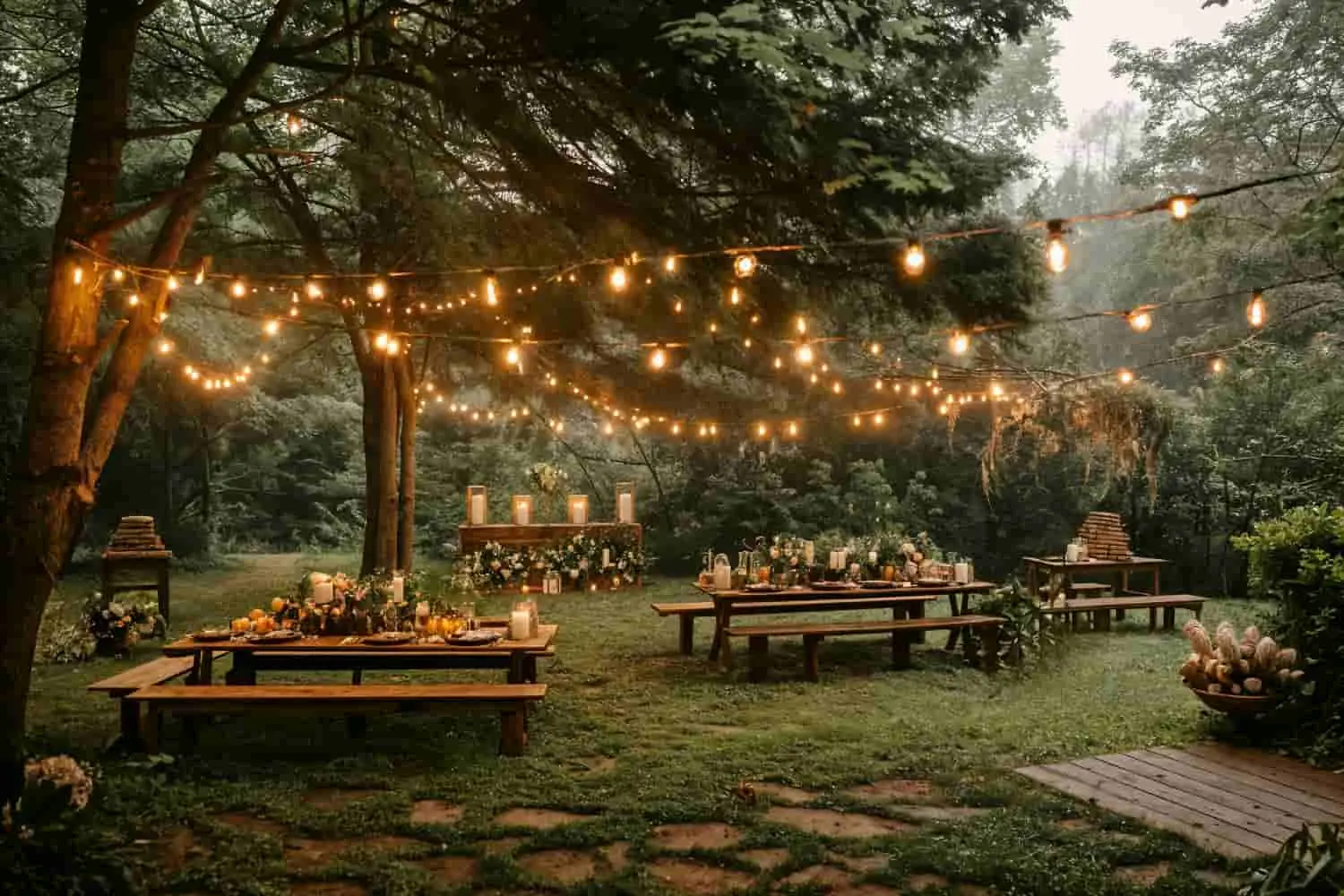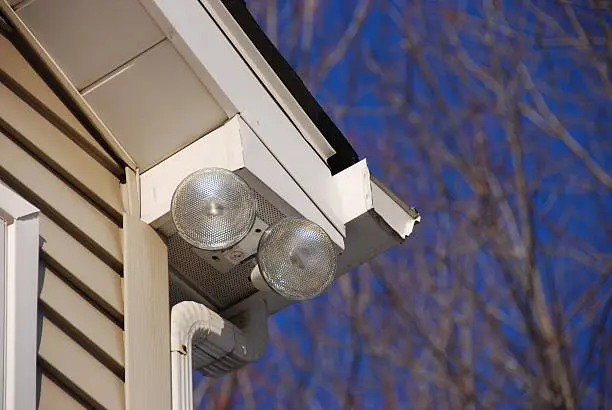
Top 15 Office Lighting Manufacturers In The World
Discover top global office lighting manufacturers enhancing work environments with innovative, energy-efficient solutions for productivity and comfort.
The industry of entertainment has been around for centuries and now has become an integral part of modern culture to provide fun and entertainment to the world. Though the entertainment industry has evolved over the years, stage performances and theaters are still everyone’s center of attention. In this modern era, lighting plays a crucial role in creating a vibrant and meaningful stage performance. Lighting in theaters determines the whole mood of the performance.
It is not only used to illuminate the whole stage but to create a dynamic environment, dramatic effects, and audience-grabbing tones. Lighting significantly transforms the whole theatrical experience into something meaningful and unforgettable. It enchants the audience and lures them to stay focused and drive away with the emotions.
Trong bài viết này, Vorlane will see different types of lighting and how they help in transforming theaters.
Theaters are special places for people who come to have fun, forget their worries, and have wonderful unforgettable experiences. Theaters do not only depend on the performance of the actors but it is more about the setting and environment, and how it is conveyed to the audience. Every single show is an effort of months where each single detail matters. The costume, prompts, and stage setting. But this could turn into a failure if people don’t see the stage properly if the light is too much and distracting the audience, and if the emotions are not delivered because of the bright light.
Lighting in theaters acts as a foundation unit of the whole performance. It’s just not about brightening up the stage but adding special effects to the stage, to set light for a visible and comfortable view, creating a dramatic experience for emotional delivery, and a set of ambiance to attract and lure the audience’s attention. Lights in theaters simply change the view we see things.
The main role of a lighting designer is to transform a simple art stage into a vibrant dramatic environment that aligns with the message of the performance. The team of lighting designers specially crafts and sets light with different intensities, frequencies, colors, and angles that allow the audience to see the performance easily. The LD team knows how to play with lights. With their keen knowledge and expertise in lights, they develop an adequate angle, intensity, frequency, shape, and depth of light so that the stage and performance do not cause any discomfort to the eyes. Instead, give a pleasant and comfortable touch to the audience’s eyes.
Lighting plays an integral role in creating a meaningful theatrical stage to set the real-world environment, grasp the audience’s attention, convey actors’ emotions, and make the performance a total success.
A sparkly stage only dims the performance of the actors, while too many brightened actors dim the background, while a perfect lighting system not only covers the background, front, upper, and lower area of the stage but creates a visual that is easy to see and comfortable to the eye.
Moreover, in theaters catching audience attention and transforming their emotions is the main challenge. A perfect set of lighting helps in creating an exact stage and environment that immerses the audience right away. There are different types of stage laser lighting and each plays a different role in the performance.
These lights are specially designed to focus on a specific point or location on the stage. It may involve the character, the prop, or the place on the stage. Spotlight emits a uniform light beam directly targeting the desired point without losing any intensity and frequency.
Fresnel is also a type of spotlight that produces a more controlled and focused beam of light. It consists of a lamp, a reflector, and a barn door. A barn door helps in rotating and shaping the beam of light. It also allows for adjustments and changes in the fresnel beam of light by moving the reflector and lamp closer and farther. Fresnel is mostly used at a place with less throw distance. It serves as the best option for places where the distance is small like small stages.
Profile is a type of stage lighting. It contains a lamp, a lens, a reflector, a gate, and a shutter. All these elements help in creating a high-quality beam of light. Also, it gives you full control of the light to make adjustments in the intensity of the through lens as per your needs. It has a gate between the lens and the lamp and you can create any shape of light by putting shapes in the gate. These shapes are made of glass or metal sheets. When it is put inside the gate, it cuts the light and produces it into the exact shape. Some profile lights come with a fixed shutter while some with two lenses to generate different light angles.
Parabolic Aluminised Reflector lights also known as PAR is a unit of light. This specific light contains a lamp, a lens, and a reflector. The par can lamp generates a high-quality intense light with high color saturation and special effects features. Moreover, it produces light in an elliptical form. You can easily change the setting and direction of the lamp. In PAR or par can lamp, the lens produces a wide range of light at different angles through diffusion on diverse levels.
These lights are specially designed to cover a wide range of areas. Tràn ngập ánh sáng brighten up the whole stage.
Backlights as the name suggests are placed on the back side of the object or the character on the stage. The complex pattern in the background makes it difficult for viewers to discern between objects and characters. Backlights help separate them from the stage and make it visible.
A set of lights are arranged on the front side of the theatrical stage to develop a deep stage feeling. It also provides overall lighting to the stage and performers.
These lights are specially designed to provide light on specific points of the area even while moving. Follow posts are usually used to follow characters on the stage while performing. Moreover, they are high-power spotlights and a technician is needed to operate them efficiently.
Moving lights are automated advanced forms of light. It acts as headlights that move around, above, and beyond the stage to produce highly complex and intricate effects. These automated moving lights operate using a control unit. DMX is one of the most common signal controllers. It sends the signals to the moving light and controls its direction. It not only controls direction but also light’s color, tilt, prism, gobo, shutters, pan, and animation. The control console usually controls almost every type of thing in the light.
These types of lighting are specially designed to create special types of visuals on the stage during the performance. It can have natural effects like waterfalls, fireworks, and firewood and supernatural effects like sci-fi touch. Different types of lighting help in creating these effects. These lighting include colored lights, gobos, and strobe lights.
It is a simple type of lighting that is usually used to lighten up the whole stage and environment.
Cyclorama Lights, or Cyc Lights, are essential in theatre for creating atmospheric backdrops on stage. These lights cast a uniform wash over the cyclorama, a backdrop at the stage’s rear, to simulate skies or other backgrounds. Mounted on the floor or ceiling, Cyc Lights can change colors and intensity through DMX control, seamlessly shifting the scene’s mood. Their ability to evenly light a large surface without casting shadows makes them invaluable for setting the performance’s tone.
Beam lights, with their tight, focused beams of light, are the unsung heroes of theatrical productions, cutting through the darkness to spotlight the drama unfolding on stage. These lights are particularly valued for their ability to draw the audience’s attention to specific elements, whether it’s a solitary actor in a moment of introspection or a crucial prop that holds the key to the plot. Their intensity and precision make them indispensable for creating striking visual effects that captivate and engage, ensuring that no detail goes unnoticed. In the dynamic world of theater, beam lights are essential for highlighting the beauty and intricacy of each performance.
Theatre lighting includes various types like Spotlights, which highlight specific stage areas, and Fresnels, offering a softer light ideal for general illumination. Profile Lights create defined shapes, while PAR Cans and Floodlights evenly light up the stage. Moving Lights add dynamic effects, and Followspots keep focus on moving actors.
Ánh sáng sân khấu enhances visibility, sets the mood, and directs the audience’s attention. It also enriches the visual appeal of a performance and can strongly influence the emotional tone of different scenes.
In general lighting design, four primary types are Ambient for overall illumination, Task for focused activities, Accent to highlight key features, and Decorative to add aesthetic elements.
The best lighting in theatre usually involves a mix of spotlights for highlighting, fresnels for softer illumination, and intelligent lights like moving heads for dynamic effects, catering to the unique demands of each performance.
In theatre, lighting plays a key role in storytelling. It helps set the scene’s mood, focuses the audience’s attention, and enhances the overall production value, making it an integral element of theatrical performances.
Lighting plays an integral part in the performance and theater. It helps in transforming a simple stage into a creative and vibrant environment. Several types of lighting are specially designed to create different types of effects and moods. Each light offers a different set of features and participates in creating a meaningful stage that attracts the audience with full attention.

Discover top global office lighting manufacturers enhancing work environments with innovative, energy-efficient solutions for productivity and comfort.

Explore the essential certifications for LED lights that ensure safety, performance, and compliance in various global markets. Learn about UL,

Explore top sports lighting manufacturers enhancing athletic performance and spectator experience with advanced, durable LED ways for various sports venues.

Learn how to change a light fixture with Vorlane’s guide. Discover necessary tools, safety tips, and step-by-step instructions for secure

Explore Vorlane’s range of garden LED lights, including pathway, spotlights, string, solar-powered, flood, decorative, and underwater lights.

Explore the benefits and applications of floodlights in various industries, including sports, construction, and public spaces.
Đăng ký để nhận thông báo và ưu đãi sản phẩm mới nhất.
*Chúng tôi tôn trọng tính bảo mật của bạn và tất cả thông tin đều được bảo vệ.


 | Báo cáo nghiên cứu ngành LED này trị giá 10.000 đô la!Bạn muốn có được dữ liệu đáng tin cậy về ngành để hỗ trợ việc lập kế hoạch kinh doanh đèn LED của mình? Trong báo cáo này, bạn sẽ:
*Gửi email của bạn để tải tập tin này. Thông tin cá nhân của bạn sẽ không được chia sẻ với bất kỳ cá nhân hoặc tổ chức bên thứ 3 nào. |
WhatsApp chúng tôi
*Chúng tôi tôn trọng tính bảo mật của bạn và tất cả thông tin đều được bảo vệ.
